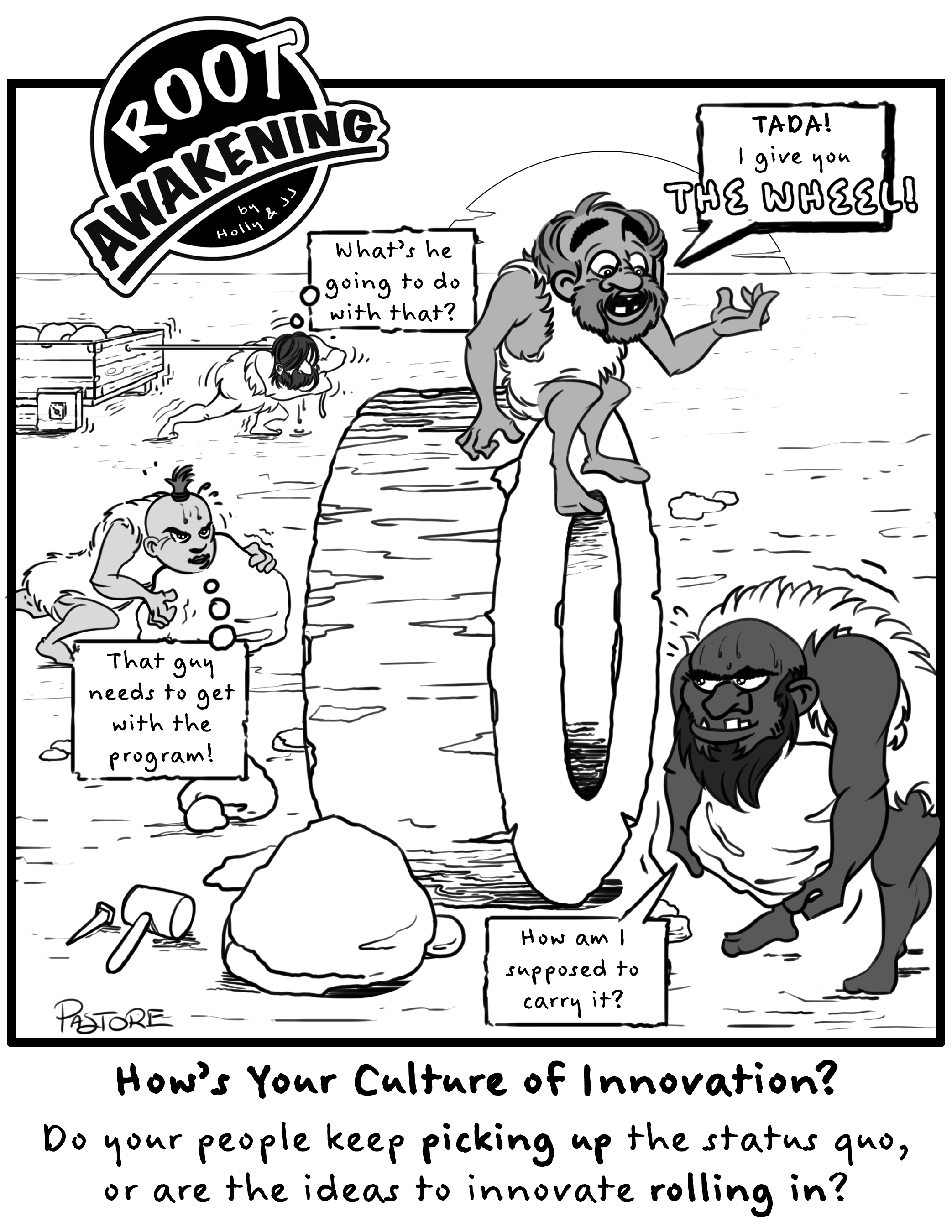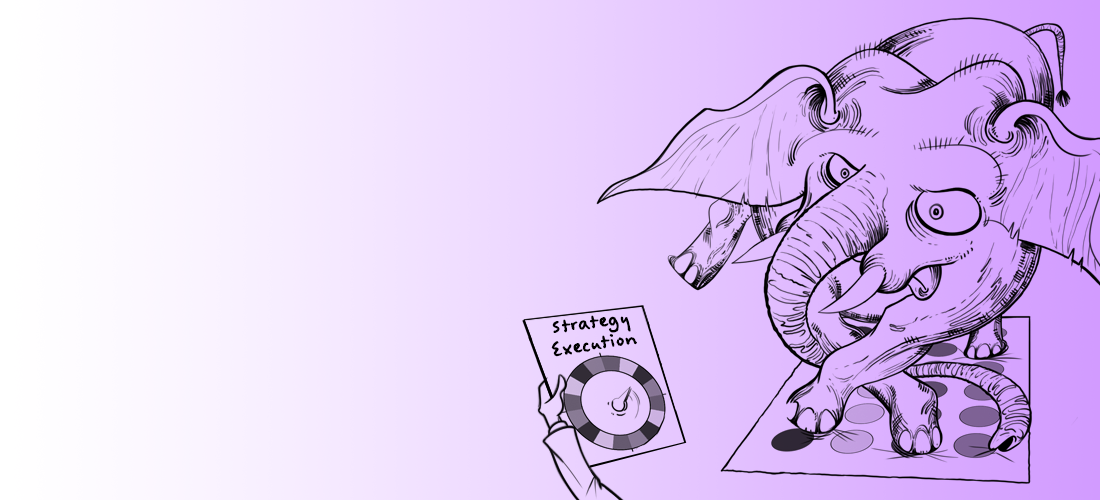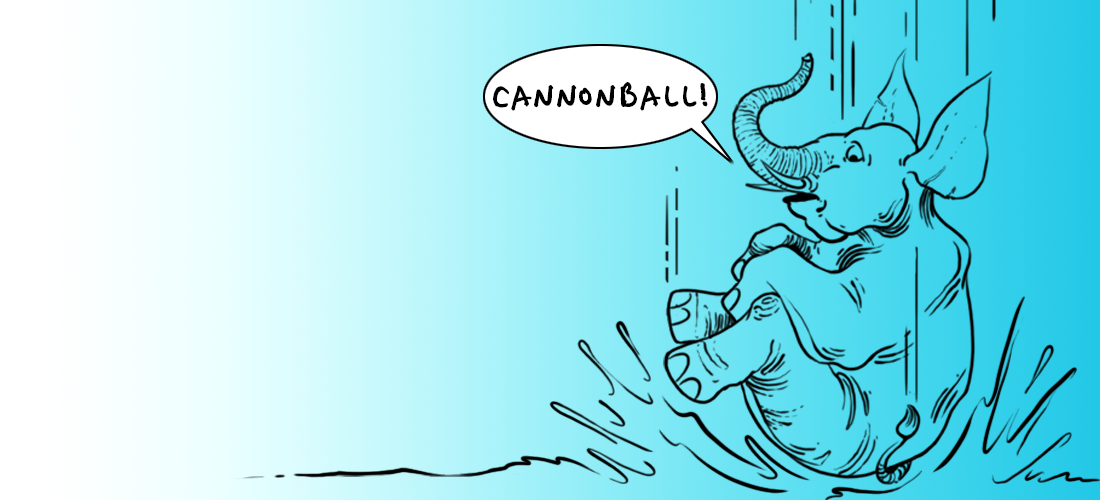As promised, over the next four posts I am diving deeper into why you need to use strategic visuals in your organization. The short answer – because they work!
For reference, please read my first post, Strategy + Visual Story + Dialogue > Strategy. And now, let’s dig into PART 2: Strategic visualization taps into an innate form of communication.
Strategic visualization has four key characteristics:
- It taps into an innate form of communication we’ve been using since the beginning of recorded human history.
- It disarms sensitive topics.
- It suspends disbelief.
- It provides powerful alignment and engagement properties.
Today, I’m going to focus on the first characteristic, why visuals have been so important for so long.
A visual is worth a thousand words
Okay, you caught me. The saying really goes, “A picture is worth a thousand words.” The principles are the same, though, so the saying applies to visuals too. But, visualization isn’t merely an image of an object we are seeing in real life. It is an intentional, thoughtful creation of a story. Think about it – a photo of the Grand Canyon in 1920 looks exactly like a photo of the Grand Canyon today (barring a little erosion). However, an illustrated visual of the Grand Canyon captures the artist’s style, intent, perspective, education, meaning, and emotion. A visual can convey so much more than a traditional photograph because it allows for imagination and interpretation of what could be and not simply what’s there.
Innate communication – what?
We’ve been using visuals since the beginning of recorded human history. Cave drawings, hieroglyphics, and other means of primitive human communication were created using art. If it’s done well, the viewer doesn’t need words to understand the story, as the visual does all the talking. Think about that for a moment. Primitive humans from thousands of years ago are communicating with us today through visuals. Wow!
But we all know this – it’s not new information. Much of the success of the human race, besides the mass of fatty tissue in our skulls, opposable thumbs, and the creation of tools, was our ability to tell stories using art. We were able to learn from previous generations and free ourselves from the mistakes of our past so we could focus on making new mistakes.
We are hard-wired to see the world in visuals
Do we dream in PowerPoint? Nope! Humans are hard-wired to “see” the world in story and pictures. As you dream, you watch a movie play out in your mind. The dream can be visceral and emotive, and when you wake, you will feel like you did in the dream. It’s that real. If our dreams impact us so deeply, this raises the question, “Why do we entrust so much of our communication to PowerPoints and email and other corporate modalities of communication?”
Think about how you would describe your first bike. Or maybe try to describe your childhood backyard or the town where you grew up. You may notice it can be difficult. And chances are, you will be most successful if your audience can recall a similar object or location in their mind. They say they can visualize the bike/backyard/town as you are describing it. Ah, but are they truly seeing your childhood bike, the same model and color, smooth or off-road tires?
You see, their mind’s eye is different from yours. It’s molded by their experiences, abilities, and vantage point. Even if you do a fantastic job describing that bike, there’s almost zero chance they’ll imagine exactly what you intend for them to imagine. And even if you are the world’s best communicator, and can get that person to imagine your bike perfectly, what do you think will happen when they try to describe your bike to the next person? The image will get diluted the further down the communication chain it goes. The best way to have others truly understand what your childhood bike looked like is to give them a visual. Words just won’t work as well as a visual will.
I ask, then, why do organizations focus so much on using words to communicate their mission, plan, or strategy, when it’s indisputable how impactful visuals can be? How would your organization benefit if you incorporated more visualization?
I recently read an interesting article that asserted emoji are a universal form of communication. A proper sequence of emoji will communicate quickly and easily. If you’re like most mobile phone users, you’ve probably relied on these quirky little pictures to convey an idea by text, confident that the person receiving the message would understand your meaning. Guess what another word would be for a sequence of images intended to expressly communicate and idea and emotion —— visualization!! 🤷♂️👍😉
If a PICTURE is worth a thousand words, then a VISUAL is worth a thousand pictures!

The next time you need to roll out a new strategy, remember: visuals can create a clear picture and shared meaning for your message throughout the entire organization. Don’t let a PowerPoint, community board, or email undermine your investment. Strategic visuals are powerful and time-tested. And they work!
In my next blog, I’ll explain the second key characteristic: how strategic visualization disarms sensitive topics.








